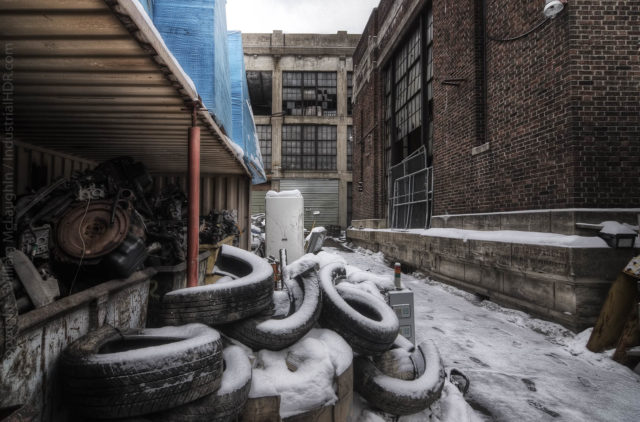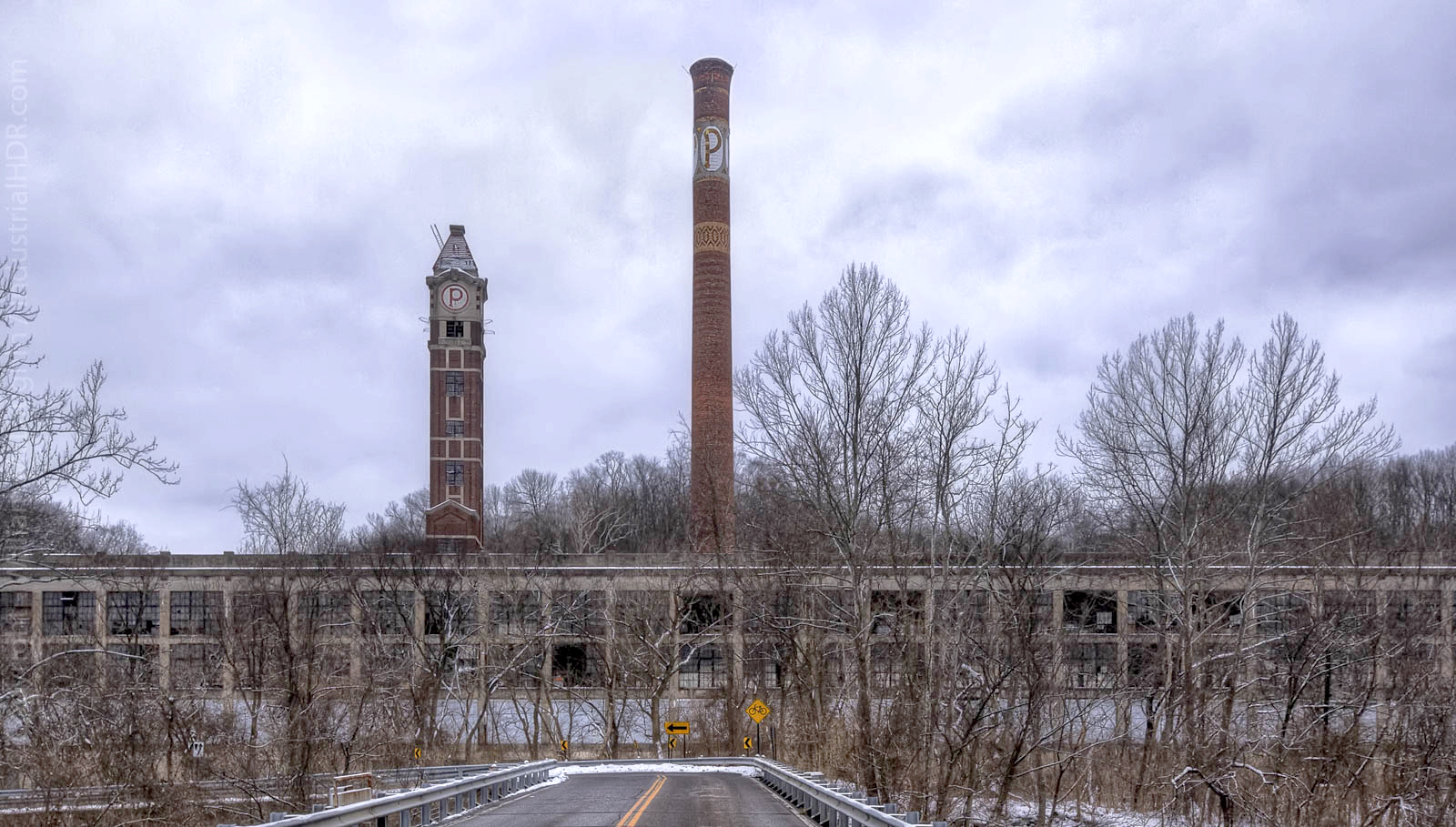The buildings of the Peters Cartridge Factory in Kings Mills, Ohio, have been included in the National Register of Historic Places since October 10, 1985.
Having been abandoned for several years, this former factory will find a new lease of life that respects its history when it is converted into modern apartments, which will be available in the late summer of 2020.
Peters Cartridge Company got its start when Joseph Warren King purchased the Austin and Carleton powder mill on the Little River Miami in southwestern Ohio in 1855.
When the American Civil War broke out, the company produced shot and cannonballs for the Union army.
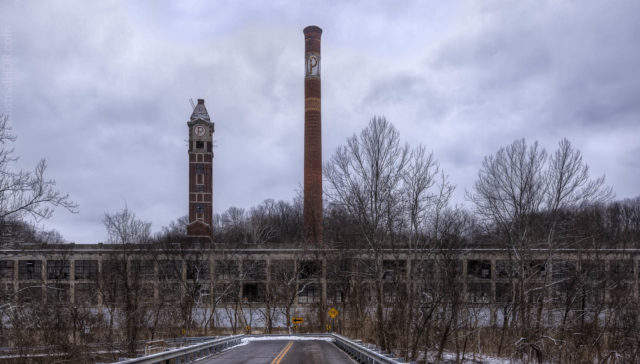
In 1877, King decided that he had grander plans, so he sold the powder mill in favor of building another powder company town further downriver.
King chose a spot where a wooden dam could funnel water into a power canal which would then provide hydroelectric power to his new venture.
The factory buildings were built along a two-mile stretch of river, spaced out so that if an explosion occurred in one building, it would not affect those around it.
In addition, there were willow trees nearby. Willow was an important natural resource as it was reduced to charcoal which was then used in the production process for gunpowder.
King called his new company King’s Mill. A company town bearing the same name soon sprung up around the factory, offering accommodation and amenities for workers at the factory.
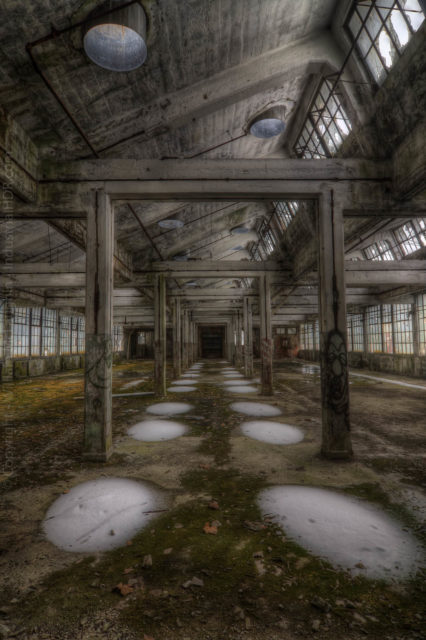
In 1881, King’s son-in-law, Gershom Moore Peters, began working in this factory. After King passed away in 1885, Peters became president of the company. In 1887, he chose to found the Peters Cartridge Company very nearby.
Soon after, Peters Cartridge Company merged with King’s Mill to become one of the largest producers of shells and ammunition in the entire country. By 1889, the companies were producing around four thousand cartridges an hour.
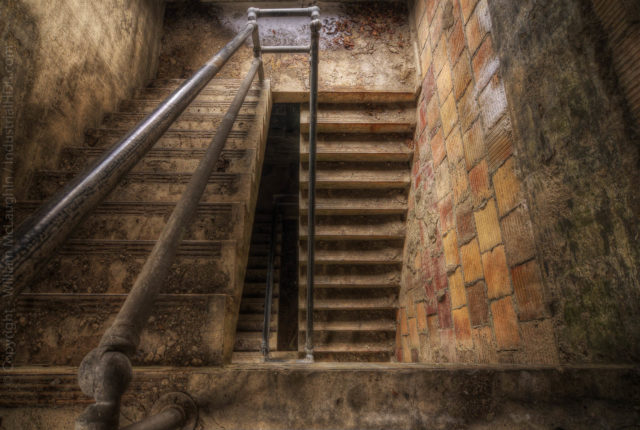
Peters Cartridge Factory faced tragedy on July 15, 1890. Explosions at the factory were relatively common, but when wagons laden with ammunition and gunpowder collided on July 15, there was a particularly violent and destructive explosion.
The blast resulted in 12 fatalities and further injuries were sustained as a result of the fire that broke out. The blaze was so intense that it destroyed several buildings, including two office buildings, six employee houses, a warehouse, the shell factory, and even the railway station.
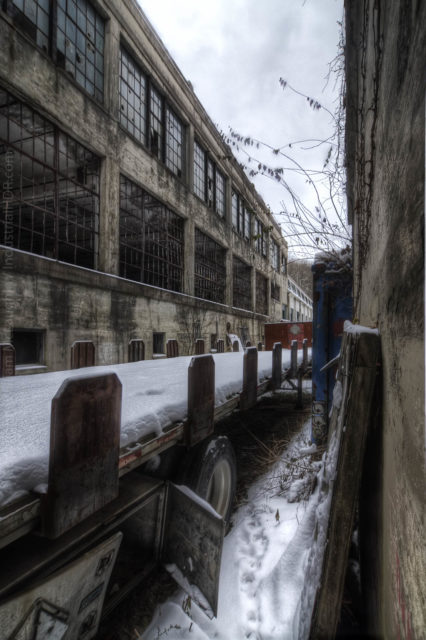
But the owners were not going to be defeated, and the factory was rebuilt. Timber frame structures were constructed on the opposite side of the river, and construction continued until 1907 when a machine shop and shell loading building were the last buildings to be completed.
Part of the rebuilding included constructing a new and larger shot tower in 1895. A shot tower is used to make projectiles and small lead balls by pouring molten lead in the top of the tower where it falls through a copper sieve. The small spheres that are formed cool as they fall and when they hit a water basin below.
During the First World War, the company received many orders for ammunition from both the UK and Russia. The profits obtained during the war were used to replace the wooden buildings with structures made of brick and reinforced concrete.
One of the buildings to receive such an upgrade was the shot tower, which had a large P painted on it and became a local landmark.
In 1934, the Remington Arms company acquired the Kings Mills plant. During World War II, production facilities were expanded, which included a federally owned ordinance plant that manufactured ammunition.
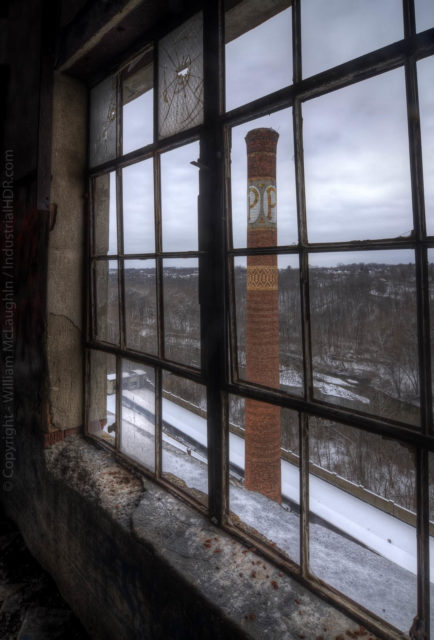
The production of military ammunition ceased in March 1944, after which Remington sold its factory to Columbia Records. The buildings that had previously manufactured weapons of war now pressed vinyl for 78 rpm phonographic recordings. This went on until 1949 when 78rpm became less popular than 45 rpm.
At that point, Columbia Records leased the plant to the Seagram Distillers, who used the site as storage space until 1968. After that, the factory was abandoned and left to nature. It began to decline as the years wore on.
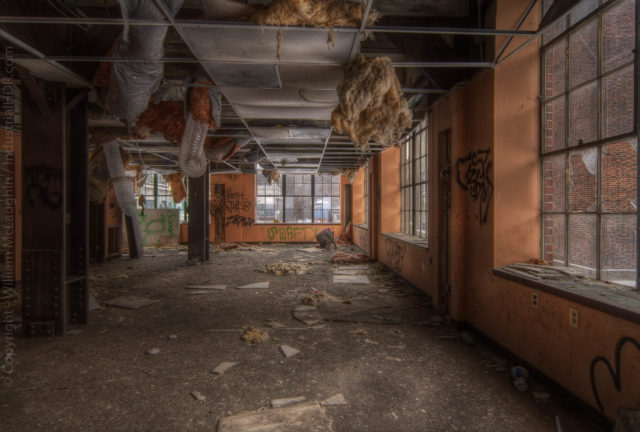
Decades later, it became clear that the equipment and materials left behind in the factory were leaking copper, lead, and mercury into the ground. In April 2012, the Environmental Protection Agency listed the abandoned complex as a National Superfund priority, enabling the process of cleaning up the ruins to begin.
Like all ruined and abandoned buildings, the factory attracted urban explorers. However, this site was extremely dangerous to visit, as the floorboards inside the buildings were rotten and many of the buildings were unstable.
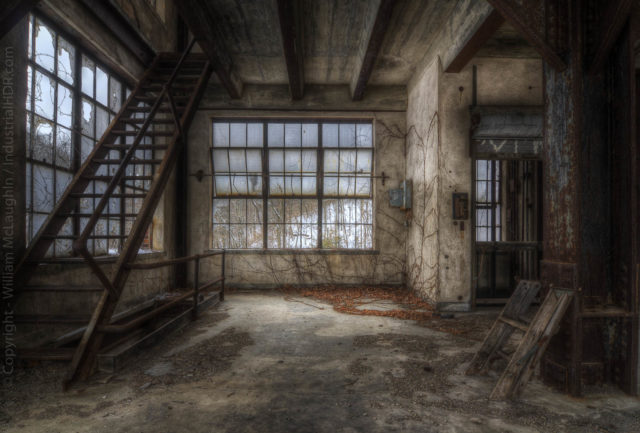
The site ended up being particularly popular with ghost hunters, given the fatalities that had occurred over the years. After an artist left some tombstones in one of the buildings following a photoshoot, interest grew even more rapidly.
The site was even used as a set for a horror movie. Eventually, the local police were obliged to patrol the area regularly to keep trespassers away.
Thanks to the participation of the US Environmental Protection Agency and the local government, the site was cleared of pollution over the course of seven years. By 2019, this place was declared clean and officially safe by the Warren County Port Authority and the Environmental Protection Agency.
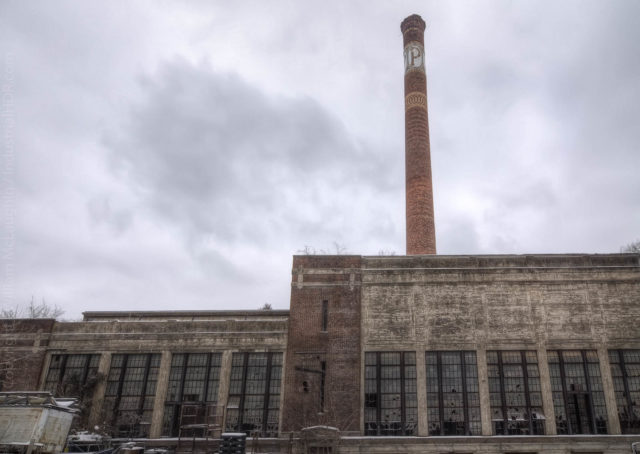
In the summer of 2018, work began on a new project to transform the 31,000 square feet of the former factory into a mixed-use facility with 135 apartments, restaurants, shops, with the Cartridge Brewing Company as the anchor tenant.
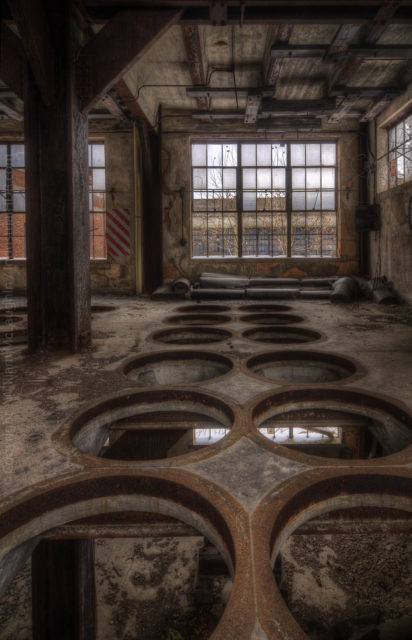
William McLaughlin kindly granted us permission to use his photographs of the former Peters Cartridge Factory which he had taken long before it started being renovated. He is a photographer who specializes in exterior and interior shots of abandoned buildings.
William’s hobby has given him a passion for industrial architecture and the old mechanisms often concealed inside. You can check out his abandonment photography on his website, as well as his photographs of macro objects, severe weather events, and indoor sports like table tennis on his Flickr account.
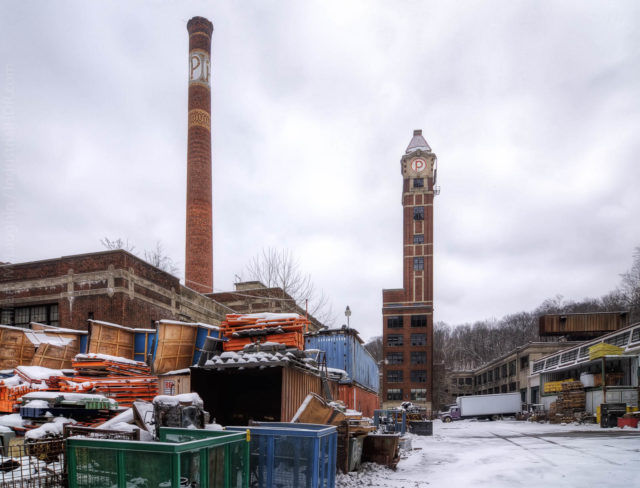
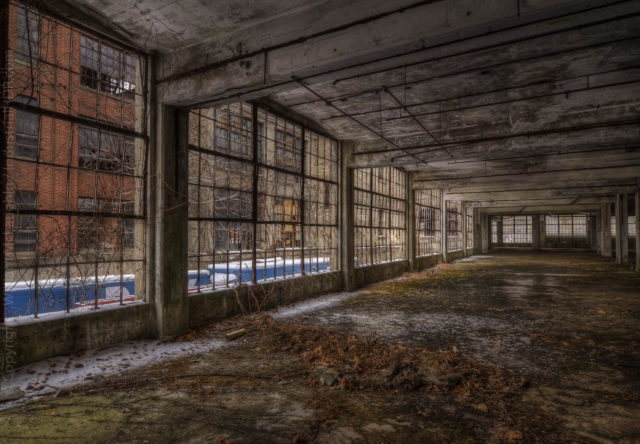
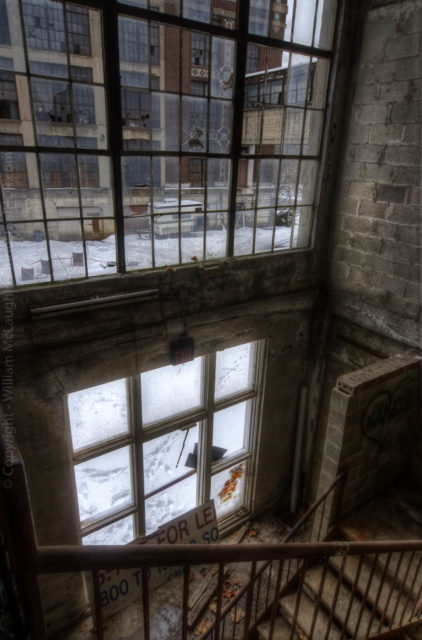
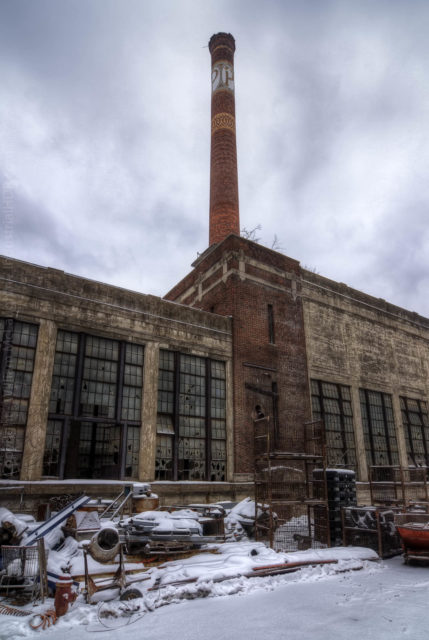
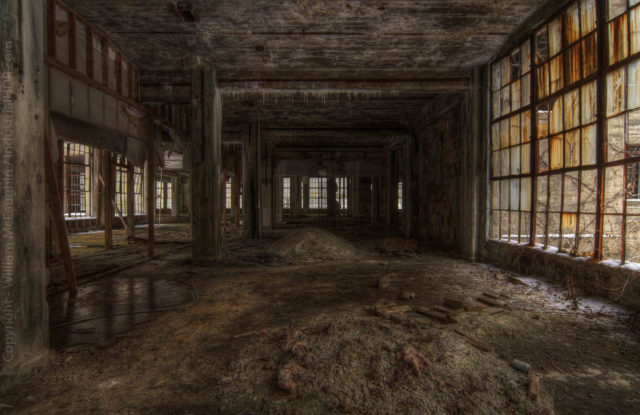
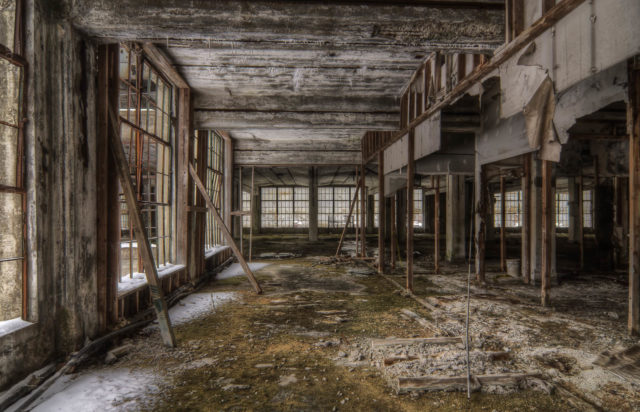
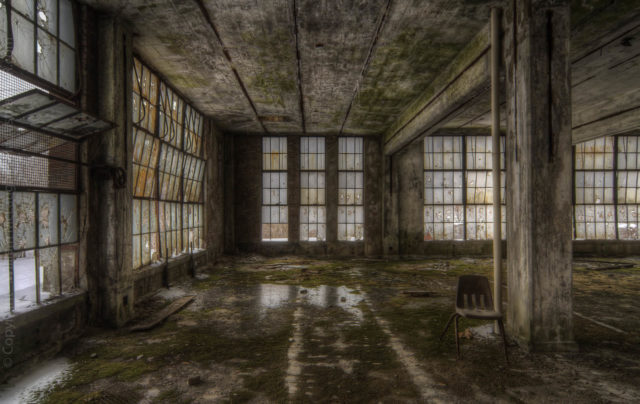
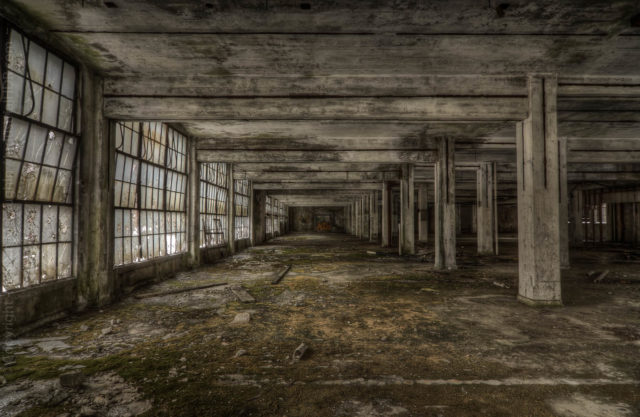
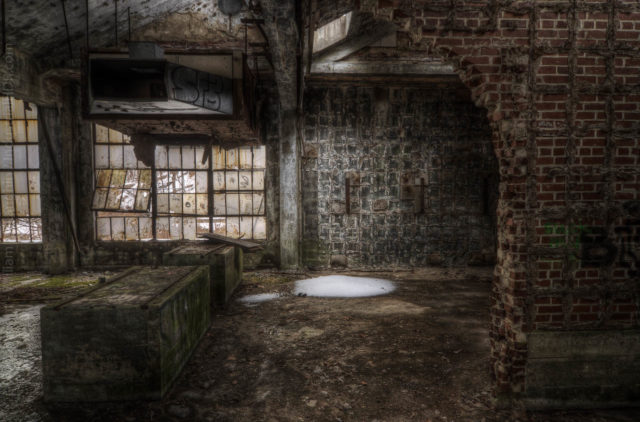
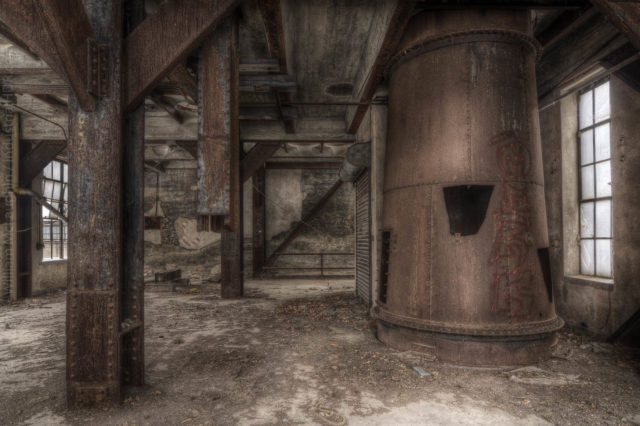
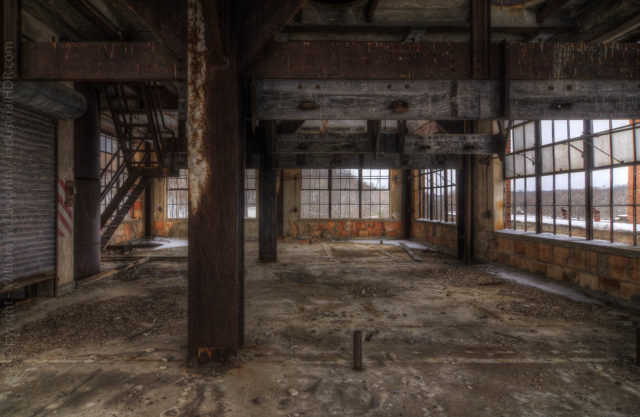
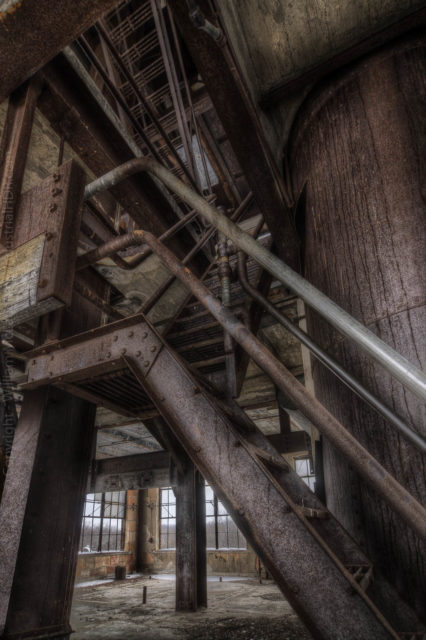
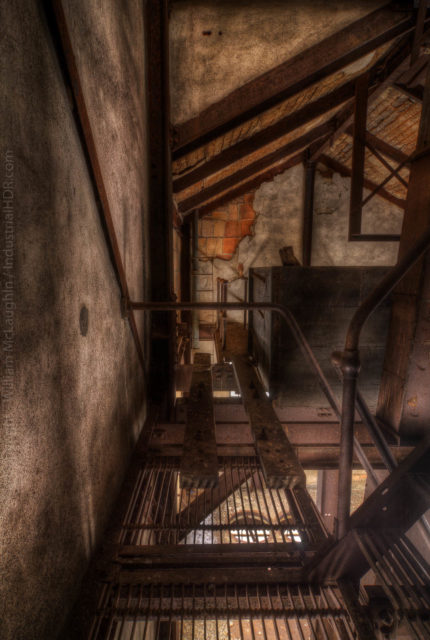
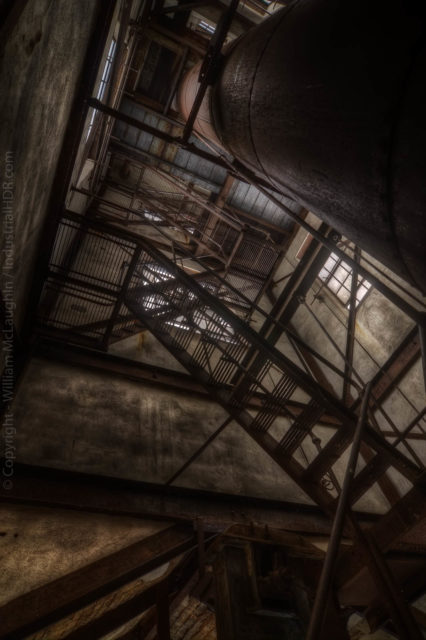
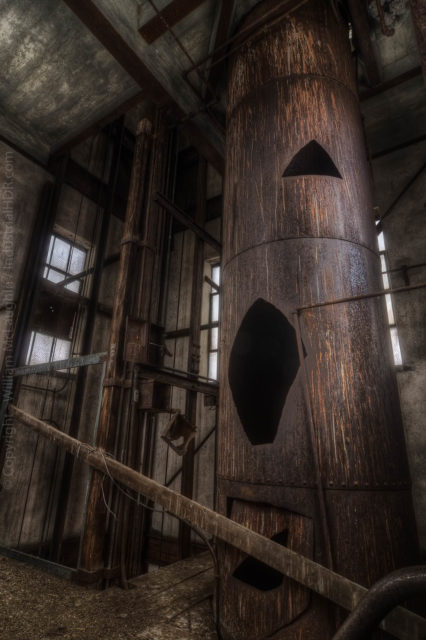
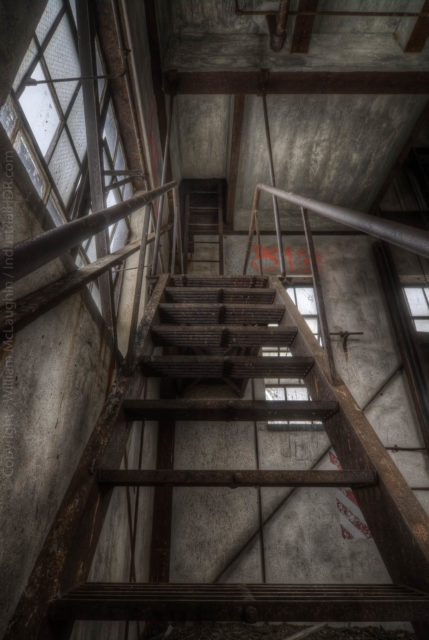
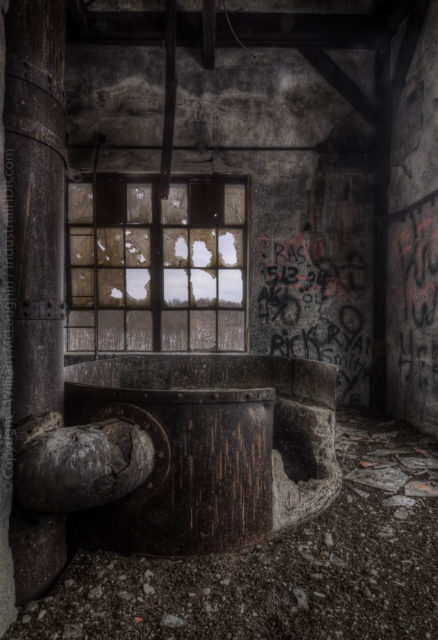
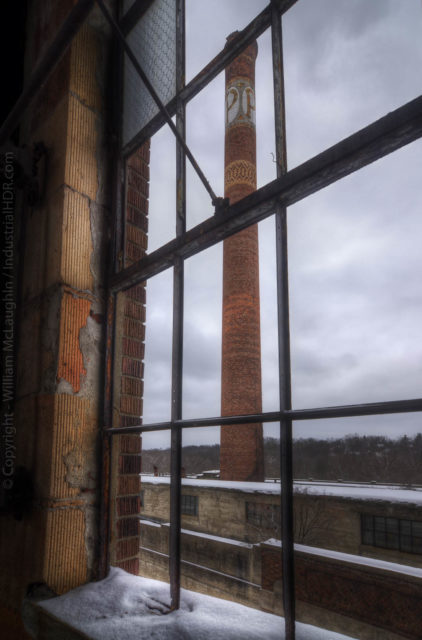
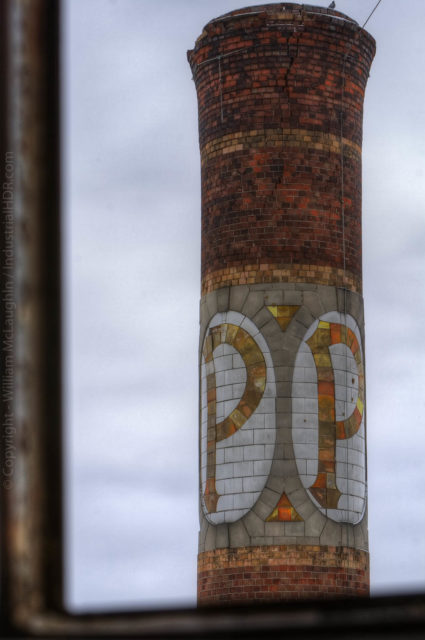
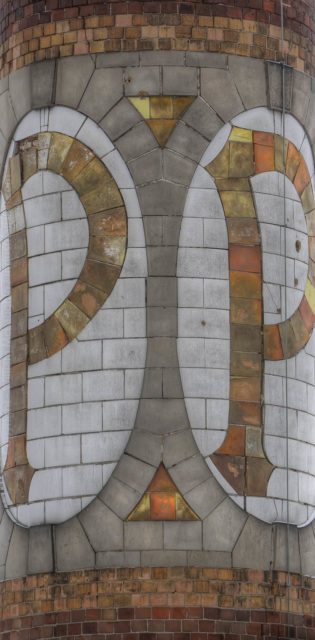
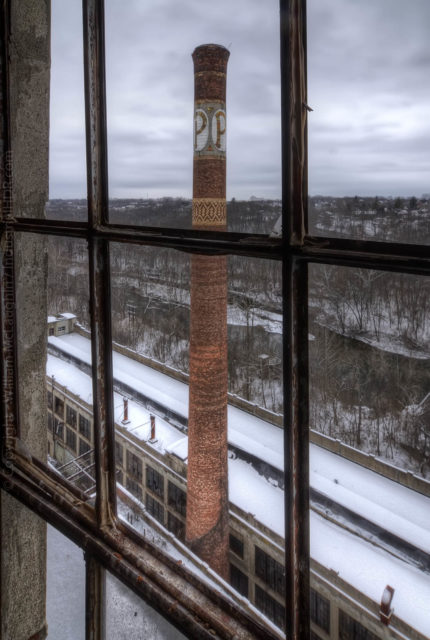
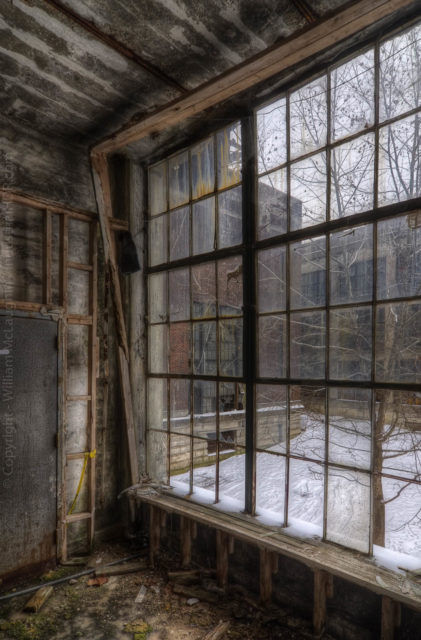
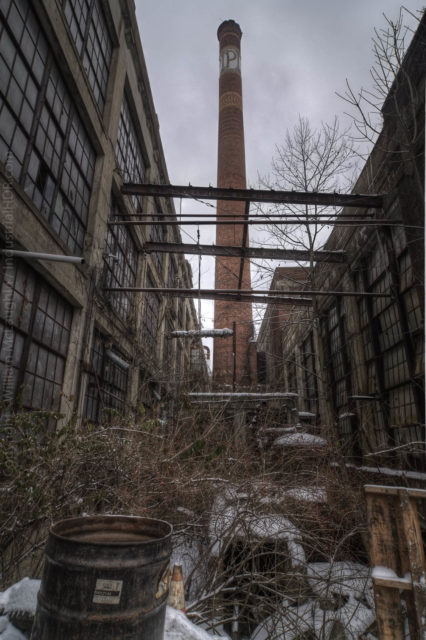
Another Article From Us: For Sale: Victorian Fort & Naval Gun Battery Yours for £5.5 Million ($7m)
